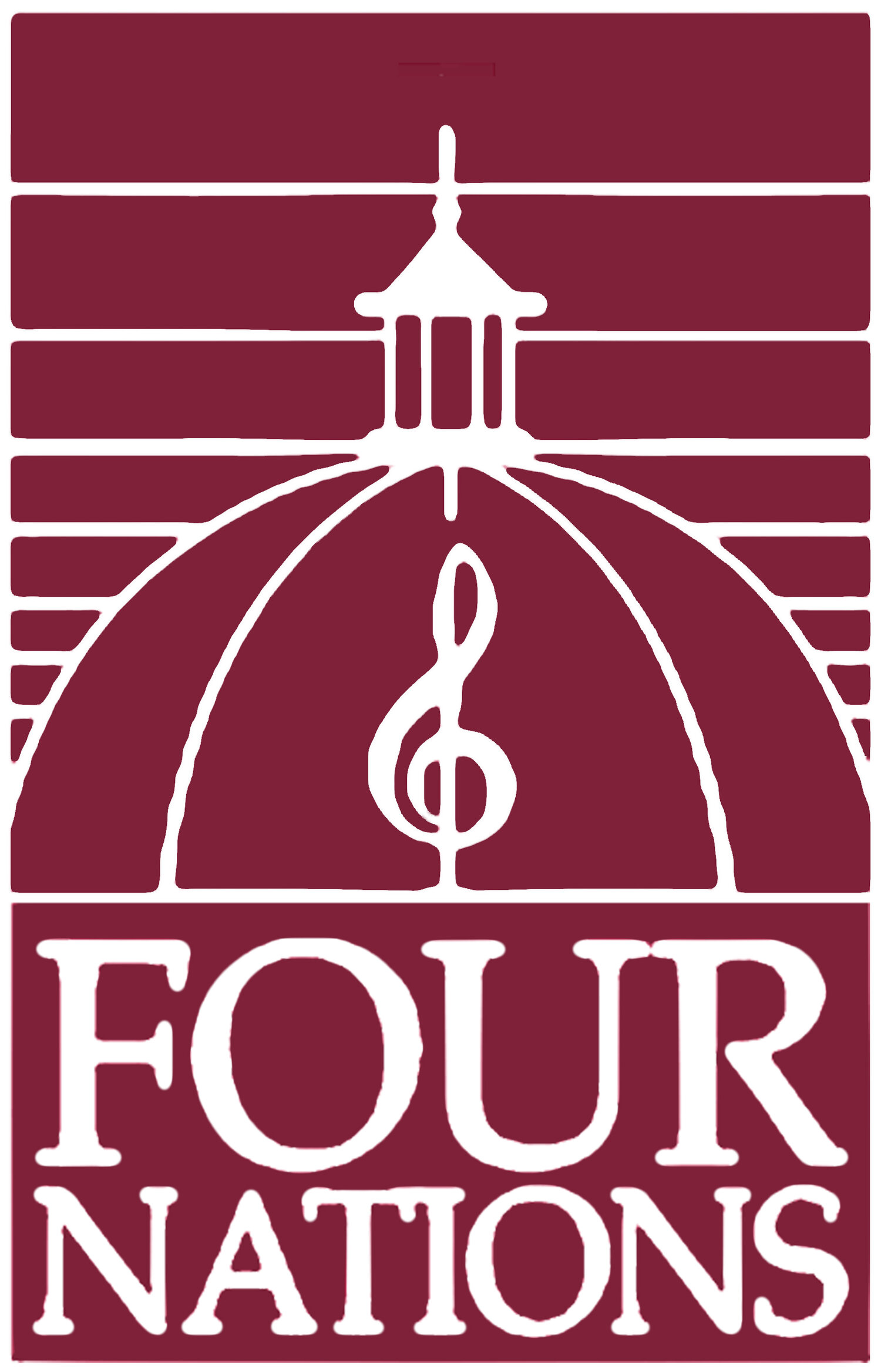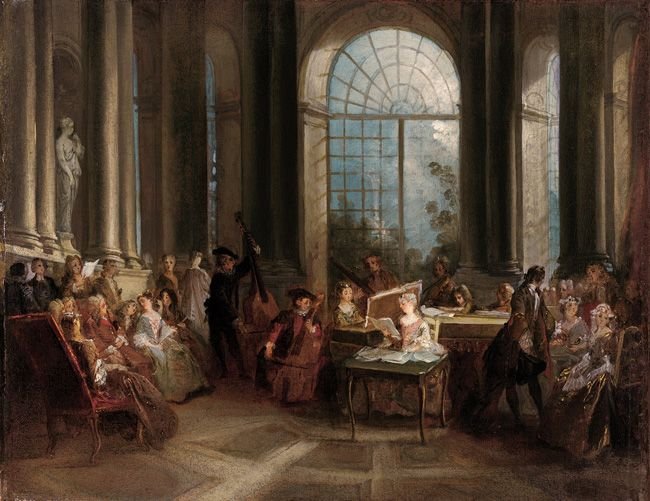From the Salon to the Scaffold
Music from Paris in the 18th century
Time and Space Limited
Saturday, November 9th at 2:30 PM
Hudson, NY
THE ARTISTS
Pascale Beaudin, soprano
Charles Brink, flute
Oliver Brault, violin
Nicole Divall, viola
Loretta O’Sullivan, cello
Scott Pauley, lute
Andrew Appel, harpsichord
THE PROGRAM
François Couperin: Quatrieme Concert
François Devienne: Quartet in A minor, opus 66 #1
Jean-Philippe Rameau: Pieces de clavecin in E
Louis-Nicolas Clérambault Medée: Cantata for voice and instruments
If we were so lucky as to stroll through Versailles with Saint Simon, one of the great diarists of France, he would point out activities and events of many varieties. Suppers and collations, garden promenades, visits with friends in distant wings of the great palace. In each and every location, indoors and out, there would be music. Music for intimate dancing, music as background, tiny concerts to be relished. Music was a main ingredient to most moments at the palace.
But if we were truly fortunate, we would be among the invited few for music in the salon of Madame de Maintenon. There, sitting near the king we would hear François Couperin at the harpsichord along with France’s most exquisite instrumentalists playing concerts of several movements, Royal Concerts. By the time of these performances, at the dawn of the 18th century, the taste for grand gesture had passed. The great Lully was dead and opera was less central. In 1710, drums and trumpets may have reminded the King of his failed exploits and France’s limping economy. But music that quietly touched his spirit was the order of the day and balm for an old monarch. Couperin tells us that he himself much preferred music that did not surprise but that moved him. And so, these Royal Concerts are filled with moments of poetic delicacy, humor, and tenderness. Each movement is a sensitive drawing not suggesting dynamism but enshrining the moment with just the right phrase, perfumed harmony, and supple melody. If the music seems static, we ask why move anywhere when this place, these gardens, this breeze are so delicious?
Just a few years later, a stroll in Paris would make us aware of the recent public concerts taking place during Lenten season when the opera house was closed and the singers and orchestra were able to perform in a new public arena, the concert stage. The ticket purchasing audience, the city people of Paris, wanted something more daring than the old courtiers…they wanted virtuosity and thrill. Starting with grand motets to mark the Holy Weeks, the programs ventured into secular repertoire and the cantatas of Clérambault, the favorite composer of Maintenon, saw the public stage and Medée was a vessel to thrill with the rantings of a love crossed witch, a monster, a murderer. Medée is anything but courtly and her inability to control her fury, her emotions, was the nightmare of Versailles and the excitement of a new Parisian audience.
At the time of Couperin’s performances for the King, Rameau appeared in Paris shortly and then departed. Born in Dijon, Rameau lived for years in the Auvergne where wooden shoes, hurdy gurdies, and bagpipes made for folk song and dance. On his return to Paris, Rameau was able to incorporate the vitality and joy of the countryside (his own sort of Chants d’Auvergne) into his harpsichord music and then into his ballets and operas. There is no greater composer for the dance and his music is easy to love. Yet, under the surface of pleasurable listening is a revolution in the concepts of the elements of music. His books of theory and harmony question and attack the values of composition that had developed over several centuries, the monarchy of counterpoint. In the Enlightenment, in the Age of Reason, Rameau is the music-philosopher that would chart the way to the future, the road to Mozart and Haydn and Beethoven.
Now, public concerts were the venue for the presentation of players from other countries, particularly Italy. Though originally guarded and overly nationalistic, the introduction of travelling virtuosi changed the expectations and tastes of the Parisian music lover. And French composers incorporated the lively motions of Corelli and Vivaldi into their sonatas and concertos. One can see this as a deterioration of the classical French style that emanated from the court. One could see this music as a peaceful rejection of the past both artistic and social. One could see a revolution in a teapot.
“I prefer the bizarre to the insipid. ”
That rejection of the past is evident in the music of the later 18th century, in the music by composers who would live through the reign of terror and become the mentors in a newly formed conservatory of music, headed by the Italian Cherubini and staffed with a new generation of players. Devienne is the most remarkable of these younger composers who wrote in an international style, hardly recognized as French and preferring a music of dynamism and surprise to the music of Couperin and his contemporaries.
Compare Couperin to Bach and we must see that the French simplicity of materials and its ability to touch our hearts is incomparable. Compare Devienne to Mozart and Devienne may come up short. There are similarities that force comparison. But this new French music represents a great break from the past. In so dynamic a new world we need to enjoy Devienne’s “progress” and the notion that in rejecting the past as insipid, he has moved his culture into the new century of romantic volatility.

